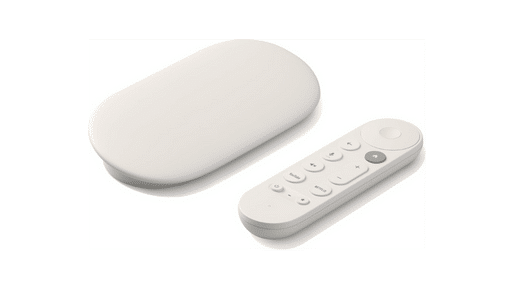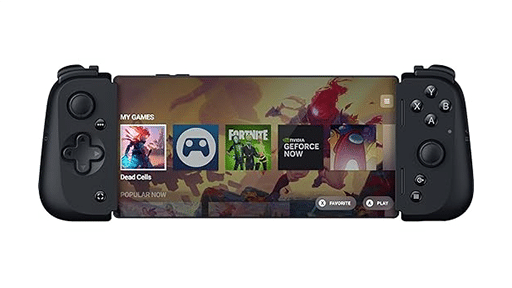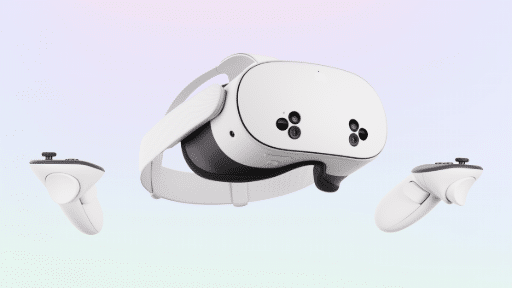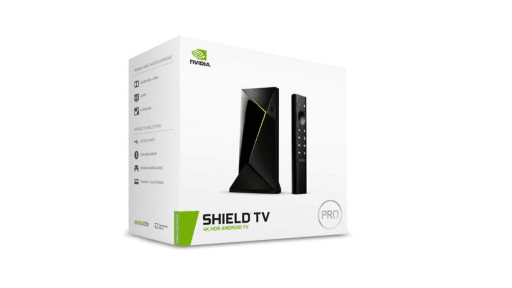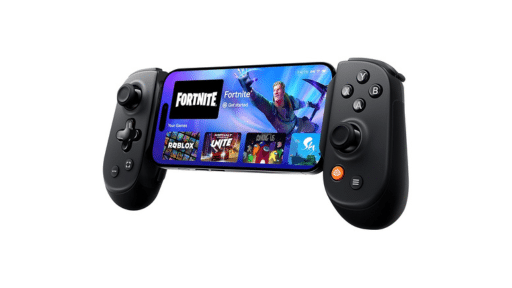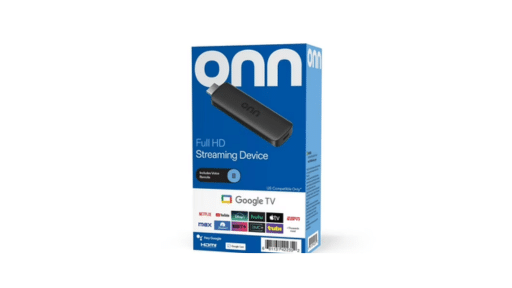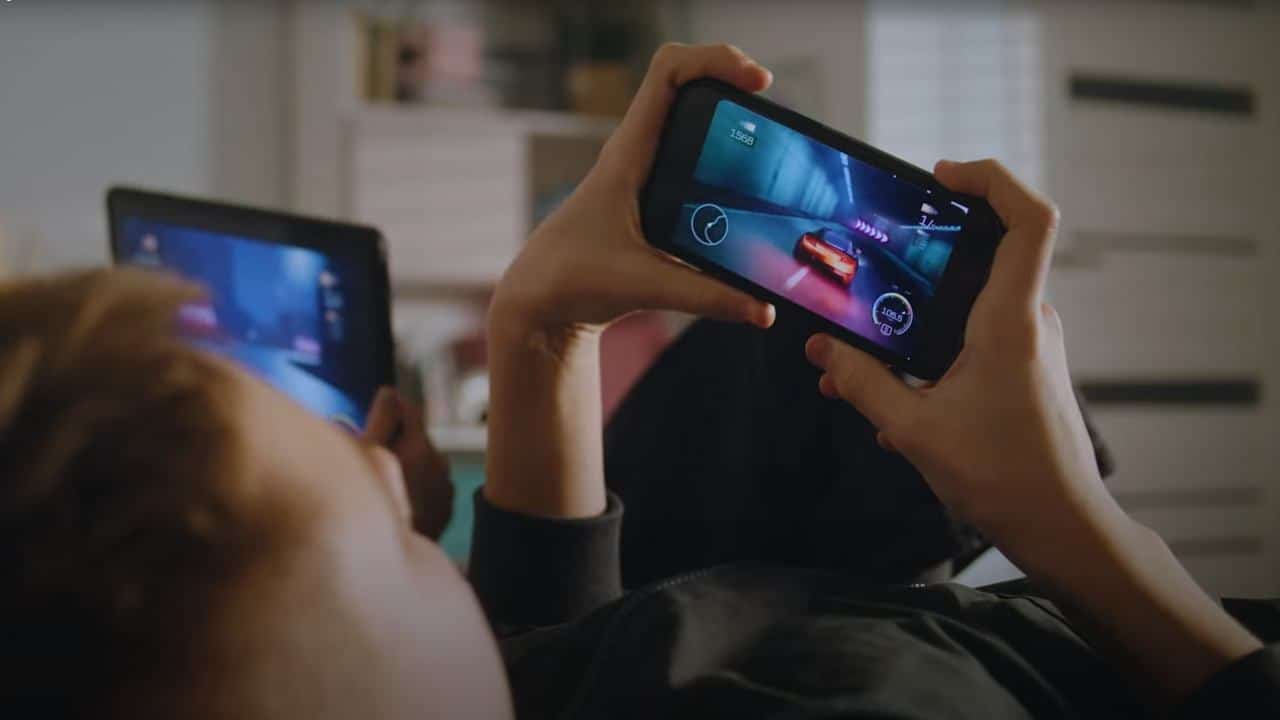
According to T-Mobile, this deployment builds on its standalone 5G core, which allows for greater flexibility and real-time network programmability. By using L4S, T-Mobile aims to reduce lag and packet loss in network-heavy scenarios, even when towers are under load. The move follows earlier L4S adoption in wired networks, such as Comcast’s rollout of an ultra-low lag internet experience earlier this year. The goal is to bring smoother performance to mobile users running cloud services like GeForce NOW.
How L4S Improves Cloud Gaming on T-Mobile 5G
T-Mobile says its L4S rollout helps deliver smoother and more responsive experiences for latency-sensitive applications like cloud gaming. By reducing lag and packet loss, the technology aims to keep controls sharp and consistent, even under network congestion.
GeForce NOW has already enabled L4S support, and the combination with T-Mobile’s 5G Advanced network helps keep gameplay responsive during fast-paced action. According to T-Mobile, this pairing brings mobile cloud gaming closer to the feel of a local console experience. The goal is to maintain low latency, even when multiple users are connected to the same tower or the network is under load.
Unlike traditional mobile connections, L4S allows the network to respond more quickly to real-time traffic needs. This makes it possible to avoid stuttering, missed inputs, or delays that often affect cloud-based games running on wireless networks.
How T-Mobile’s L4S Rollout Compares to Comcast’s Wired Approach
Earlier this year, Comcast introduced L4S support over wired broadband using low-latency DOCSIS (LLD) technology. That rollout focused on reducing lag for cloud gaming and other real-time apps across cable internet connections in select U.S. cities. The system prioritizes latency-sensitive traffic without interfering with other data, using open standards for broader compatibility.
T-Mobile’s approach brings L4S to 5G wireless. Instead of upgrading wired infrastructure, T-Mobile uses its standalone 5G core to support low-latency performance on mobile connections. While Comcast’s service benefits homes with compatible gateways, T-Mobile’s L4S works on mobile devices anywhere within 5G coverage. Both rely on the same L4S standard but apply it in different contexts: wired for Comcast and wireless for T-Mobile. This allows them to serve users across more types of connections.

L4S Powers Real-Time Use Cases Beyond Gaming
T-Mobile’s L4S deployment supports more than just cloud gaming. The company says it also improves performance in other real-time scenarios like video calls, XR applications, and remote control systems.
In partnership with Qualcomm and Ericsson, T-Mobile tested XR smart glasses on its 5G Advanced network. The company reports smoother visuals, more stable frame delivery, and fewer issues like motion sickness or visual stutter. These improvements help support more consistent performance in extended reality apps.
L4S is also being used in trials with Vay, a company working on remote driving technology. During testing, remote drivers were able to control vehicles with low, predictable latency, even in congested environments. T-Mobile says the experience felt nearly identical to being in the vehicle, showing how stable low-latency wireless connections can support time-sensitive tasks.
Video calling also benefits from L4S. According to T-Mobile, the technology helps reduce dropped frames and audio glitches in high-traffic areas by dynamically adjusting to network load.

T-Mobile L4S Sets the Stage for What’s Next
T-Mobile says its L4S rollout is just the beginning. The technology is part of the company’s broader push toward a more programmable 5G network, with future features like network slicing and performance-based service tiers already in development.
L4S is also included in 3GPP Release 18, which T-Mobile notes as a sign of its long-term role in next-generation wireless standards. With L4S in place, the network can share real-time conditions like tower congestion with partners. This allows apps to better respond to shifting demands in the moment.
T-Mobile plans to bring these improvements to both consumers and enterprise customers. As more developers take advantage of L4S, real-time apps across gaming, XR, video, and other latency-sensitive areas could benefit from more stable performance.
By rolling out L4S now, T-Mobile is building a wireless foundation that supports responsive experiences without relying on legacy 4G cores. For cloud gaming users, that means a smoother connection to their favourite services even in crowded areas.
Have you tried GeForce NOW on T-Mobile’s 5G network? Let us know how it’s performing for you.
As always, remember to follow us on our social media platforms (e.g., Threads, X (Twitter), Bluesky, YouTube, and Facebook) to stay up-to-date with the latest news. This website contains affiliate links. We may receive a commission when you click on these links and make a purchase, at no extra cost to you. We are an independent site, and the opinions expressed here are our own.

